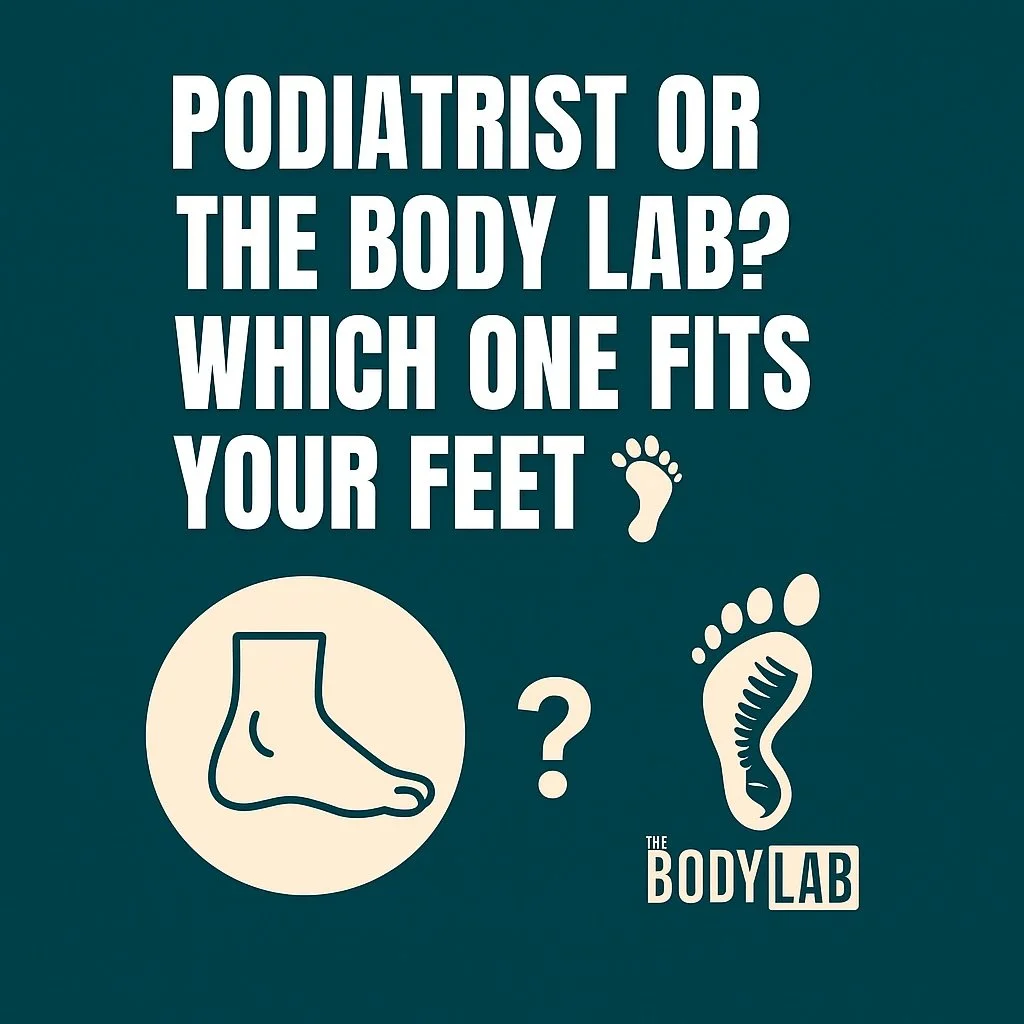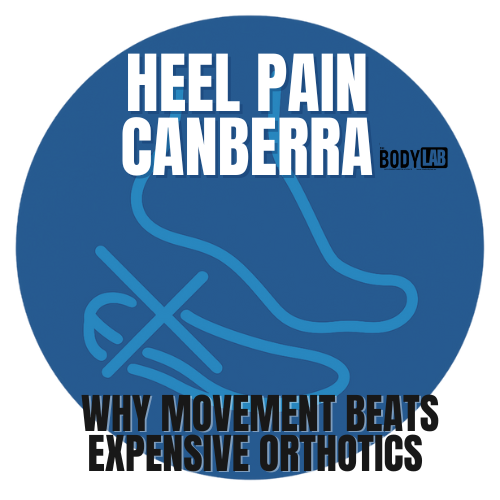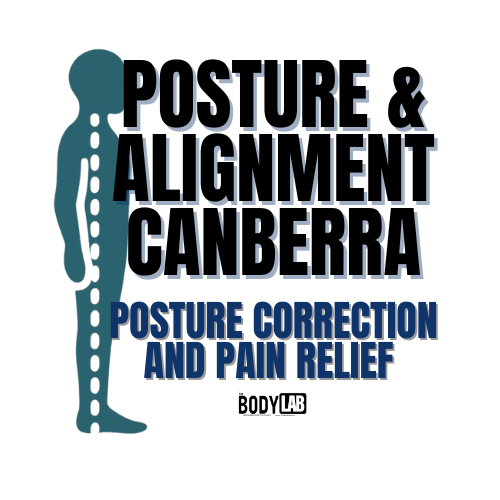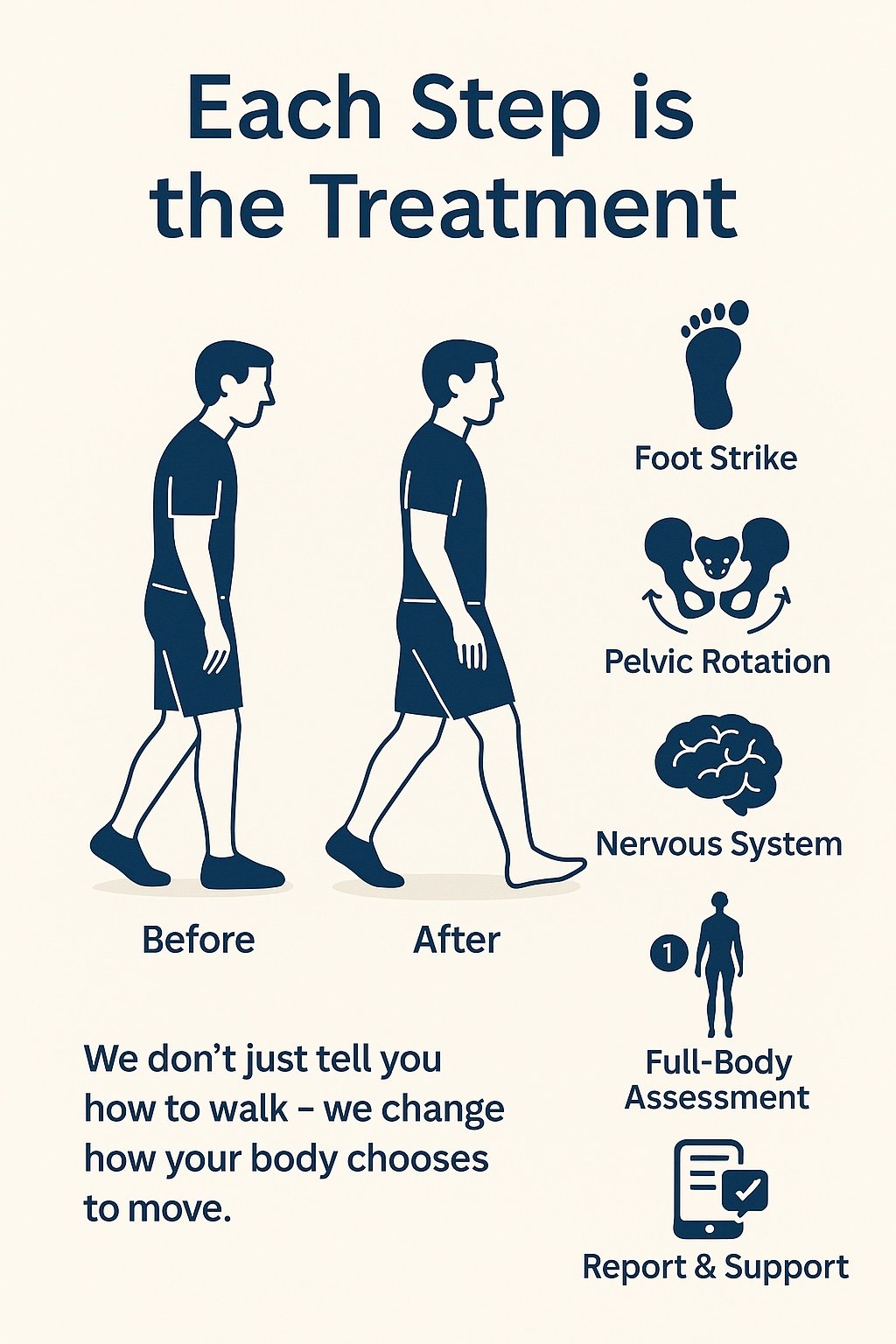Shin Splints: Can You Avoid Them When Playing Footy, Soccer or League?
Shin Splints Canberra
Let’s be real — shin splints are the party crashers of the sports world. They sneak in when you’re finally getting fit, remind you that your legs exist, and then refuse to leave.
At The Body Lab, we see shin splints more often than pre-season injuries — especially in running-heavy sports like AFL, soccer, and rugby league. Here’s the lowdown on what’s really going on in your shins, why they’re complaining, and how to keep them happy (or at least less angry).
So, What Exactly Are Shin Splints?
“Shin splints” isn’t one single injury — it’s more like an umbrella term covering a few different types of lower-leg stress. The most common of these is medial tibial stress syndrome (MTSS) — the dull, nagging pain that runs along the inner edge of your shinbone when you run, kick, or train hard.
It’s basically your muscles, tendons, and bone tissue waving a white flag after too much repetitive impact. Left unchecked, that irritation can turn into inflammation, micro-tears, or even a stress fracture.
How Do Shin Splints Feel?
A dull or sharp ache along the inside of the shinbone
Tenderness to the touch (yep, even poking it hurts)
Mild swelling
Pain that starts when you move, settles a bit mid-game, and then flares up later
In more serious cases, pain even at rest — the “you’ve pushed it too far” level
Why They Happen (a.k.a. The Perfect Storm)
Most shin splints come down to overload — too much, too soon. But a few common culprits love to join the party:
Rapid increases in training load (especially pre-season heroes)
Hard or uneven playing surfaces
Tight calves or weak glutes
Old, unsupportive boots
Flat feet or high arches causing poor shock absorption
Over-striding or poor gait mechanics
Biomechanical quirks that make your shins do more than their fair share
The Three Big Shin Pain Culprits
1. Medial Tibial Stress Syndrome (MTSS)
This is the most common version — that tender, inflamed inside-shin pain. It usually shows up when your lower-leg muscles and the lining of your tibia are working overtime, often thanks to flat feet, calf tightness, or poor foot mechanics.
Fun fact: overly cushioned running shoes may actually increase your risk — by letting you heel-strike harder and load your shins more with every step. (Yes, irony lives in the footwear aisle.)
2. Exertional Compartment Syndrome
Your lower leg is divided into four “compartments” of muscles and tissues. When one of them — usually the front (anterior) one — swells from overuse, it can’t expand. Cue pressure, pain, tightness, and swelling mid-game.
It often eases with rest but returns as soon as you run again.
Don’t confuse this with acute compartment syndrome, which is an emergency — that one comes with numbness, pale skin, severe pain, and needs immediate medical attention.
3. Stress Fractures
This is the shin splint’s older, crankier cousin. Tiny cracks develop in your tibia from repetitive impact — especially if you keep pushing through pain. The ache localises to one spot and gets worse with activity.
Catch it early, and it’ll heal. Ignore it, and you could be benched for months.
Can You Actually Avoid Shin Splints?
Short answer: not 100% — because sport is chaos.
Long answer: you can dramatically reduce your risk with smart training, solid footwear, and attention to your movement mechanics.
Here’s how:
Training & Conditioning
Progress slowly – increase training load by no more than 10% per week.
Warm up properly – dynamic stretches before, static stretches after.
Mix it up – cross-train with swimming or cycling to reduce leg impact.
Strength matters – build calf, glute, and core strength for better shock absorption.
Footwear & Mechanics
Check your boots – worn-out studs or thin soles = shin stress.
Know your foot type – flat feet or high arches need specific support.
Gait analysis – a professional gait and movement assessment (like we do at The Body Lab) can uncover inefficient patterns before they cause pain.
Train smarter – wherever possible, stick to grass or softer turf to reduce impact.
Recovery & Early Intervention
Listen to your legs – dull ache = rest, not heroics.
R.I.C.E. – Rest, Ice, Compression, Elevation for flare-ups.
Don’t ignore it – persistent pain longer than two weeks? Get assessed to rule out stress fractures or compartment syndrome.
What We Do at The Body Lab
When players come in with shin pain, we don’t just slap on ice and send them home. We assess everything — foot posture, ankle range, calf flexibility, glute strength, and gait mechanics (with full video gait analysis).
Then we build a plan that might include:
Targeted strengthening and mobility drills
Manual therapy and joint mobilisation
Gait retraining to optimise mechanics
Foot orthotics, wedges, or footwear tweaks
Dry needling, laser therapy, or InterX electrical stimulation for pain and recovery
We treat the cause, not the symptom — and if we spot something beyond our scope, we refer you to the right specialists to keep your rehab on track.
Bottom Line
Shin splints may be common, but they’re not a life sentence. With the right training load, movement analysis, and treatment plan, you can keep your legs strong, pain-free, and ready to run rings around the competition.
So before you tape your shins and hope for the best — book your Gait & Movement Assessment at The Body Lab Canberra.
Let’s find out why your shins hurt and get you back to playing harder, faster, and pain-free.






























